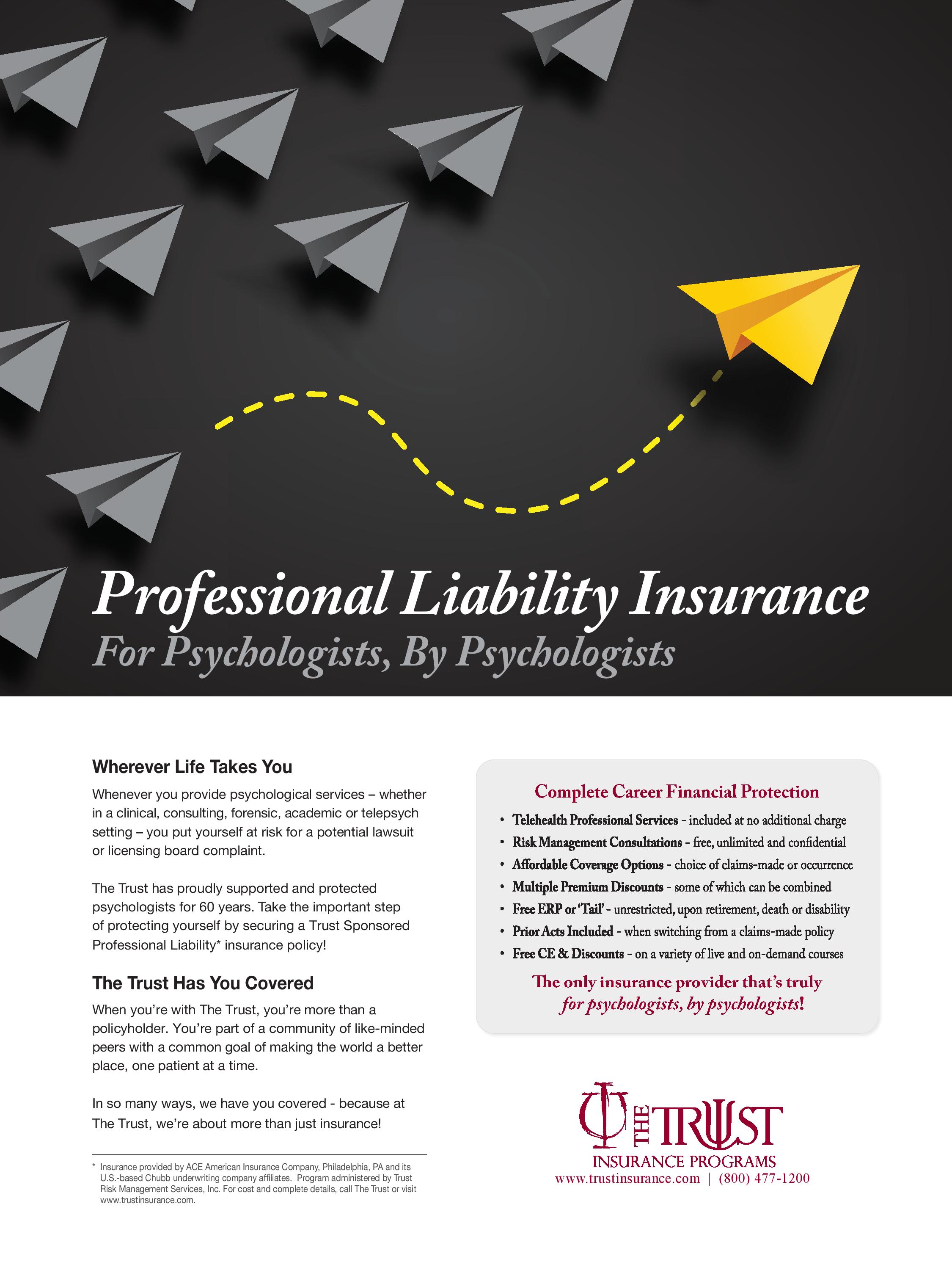We desperately need therapists who are abolitionists. So many of us can’t tell our therapists that we have suicidal thoughts because we fear the police will get sent to our house. It’s terrifying to see your therapist as a cop (#DepressedWhileBlack, 2021)
 In the recent special issue of Psychotherapy, “Addressing Racism, Anti-Blackness, and Racial Trauma,” our paper begins with this tweet to highlight a perspective that has largely been blocked out of dominant discourse, whether that be in popular media or in our field of psychology. Unfortunately for many people, especially marginalized folks, psychology and psychotherapy have a long history of partnership with police and other forms of unconsented social control like jails, prisons, the military, etc.
In the recent special issue of Psychotherapy, “Addressing Racism, Anti-Blackness, and Racial Trauma,” our paper begins with this tweet to highlight a perspective that has largely been blocked out of dominant discourse, whether that be in popular media or in our field of psychology. Unfortunately for many people, especially marginalized folks, psychology and psychotherapy have a long history of partnership with police and other forms of unconsented social control like jails, prisons, the military, etc.
The uprisings of the Summer of 2020 brought renewed attention to the centuries-old abolition movement and inspired many people new to the movement to see abolition outside of the carefully constructed version that is shown in the media, politics, and across all sites of power in our society (including psychology). For those who are interested in learning more, I highly recommend a 2020 webinar put on by young Black organizers in Florida called the Dream Defenders. They bring in the great Dr. Angela Davis, who summarizes the project of abolition as both a negative project and a positive one, i.e. not just ideas like “defund the police” which intends to bring down oppressive systems, but also positive projects such as creating new systems of wellness and accountability like the safety planning we propose in our paper (the whole video is great, but her brief lecture is from about 28:00 until 43:00).
The larger abolition movement aside, regardless of our individual politics, we have a duty as psychologists to be thoughtful about the ways that we invoke powerful social systems in our work with patients. This paper is about increasing our critical thought around the meaning of the oft-utilized practice of invoking police and 911 in psychological treatment.
Most of us have at one time, or currently do, discuss the limits of confidentiality to our patients by saying something along the lines of, “If I feel that you cannot guarantee your own safety, we may need to call 911 to ensure you do not harm yourself.” We typically presume this is a neutral statement and do not consider how this might mean something quite different depending on our patient’s race, disability status, gender, sexuality, mental health diagnoses, or class. Police have a long history of oppression against people who identify as minorities in these categories. Our patients are aware of these facts, and have likely experienced them firsthand in ways that are invisible to many of us in a largely white and financially secure profession.
While utilizing police during safety planning in psychological practice is quite common, there is copious research suggesting it is likely more harmful than it is effective. An abolitionist approach to informed consent and safety planning in psychological treatment requires that we offer our patients other opportunities that reflect their particular sense of safety that is dependent on many social identities. Given the vast differences in our patients’ perceptions of state power and the safety that comes from them, it is essential that we meet our patients where they are and honor these differences instead of forcing them into a conception of safety that is grounded in whiteness, wealth, and other forms of social power.
Developing an abolitionist approach to informed consent and safety planning is actually quite easy (a lot of you may already be doing this!), and can be included in our typical practices with just a few extra minutes. While there are many ways to do this, we propose utilizing "pod mapping,” which was developed by the Bay Area Transformative Justice Collective in San Francisco to help visualize who and what a patient’s support networks include in times of need. This will usually include friends, family, religious networks, and community resources. The patient and therapist can build this map together on an ongoing basis as a set of resources to utilize before 911 is needed. This practice is intended to build out a robust safety net that may or may not include agents of the state, depending on who and what brings that particular patient a sense of safety, stability, reliability, etc. For some people, this will include police, but for many others, especially those at the margins of social power, police only bring more trauma and limit the ways that we can build therapeutic relationships when we unwittingly endorse their legitimacy.
Please feel free to reach out if you’d like a copy of the paper, where we detail clinical examples of how this approach can be utilized. And lean into your own ideas, and those you create alongside your patients, to expand and decolonize what safety means and how it can be achieved. As psychologists, we need not continue to endorse the violence of the state and instead have the opportunity to meet our patients where they are with an additional layer of empathy. Please reach out with any questions, reading ideas/suggestions, and further thoughts.
References: Drustrup, D., Kivlighan, D. M., & Ali, S. R. (2023). Decentering the use of police: An abolitionist approach to safety planning in psychotherapy. Psychotherapy, 60(1), 51–62. https://doi.org/10.1037/pst0000422
*begin paid content

